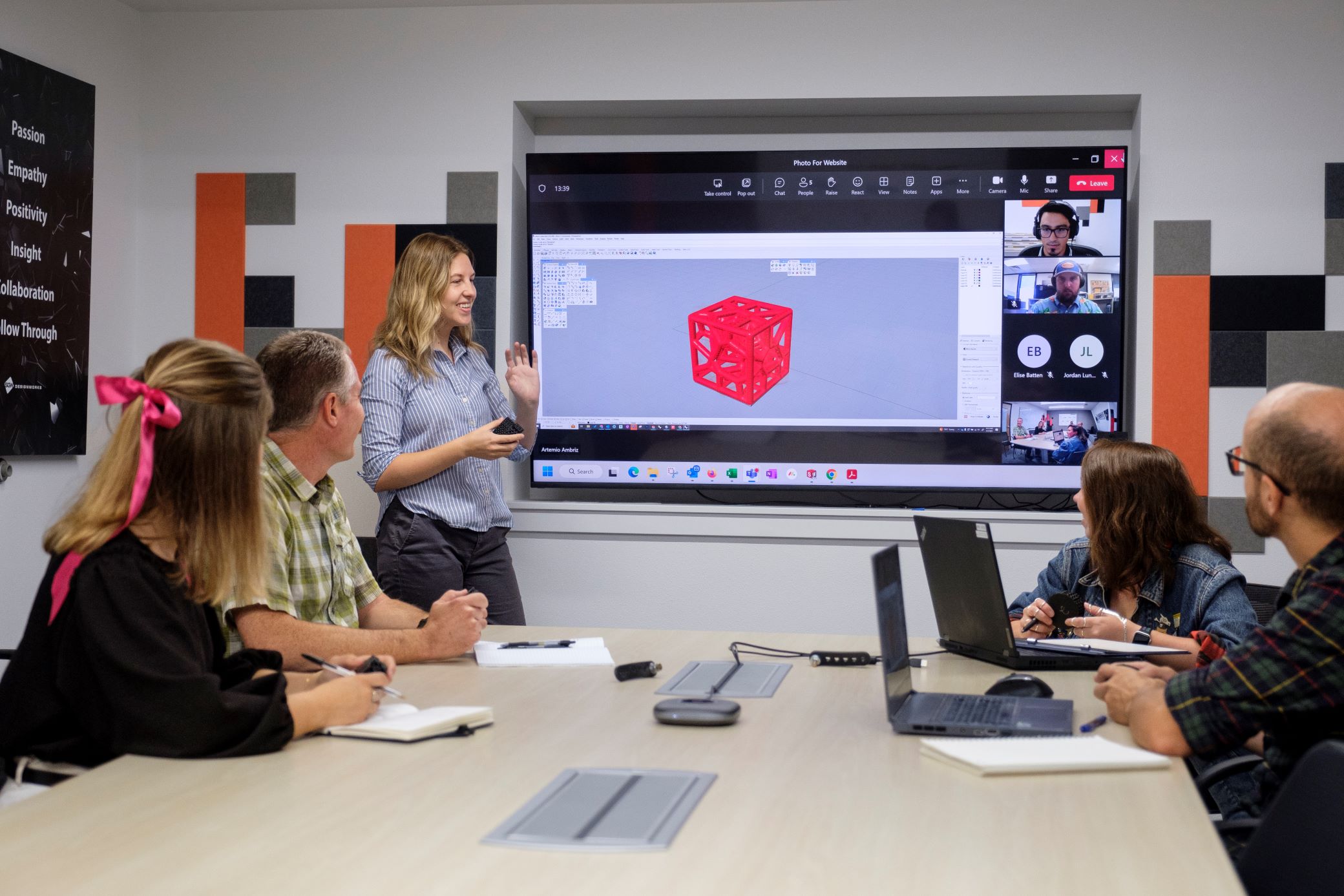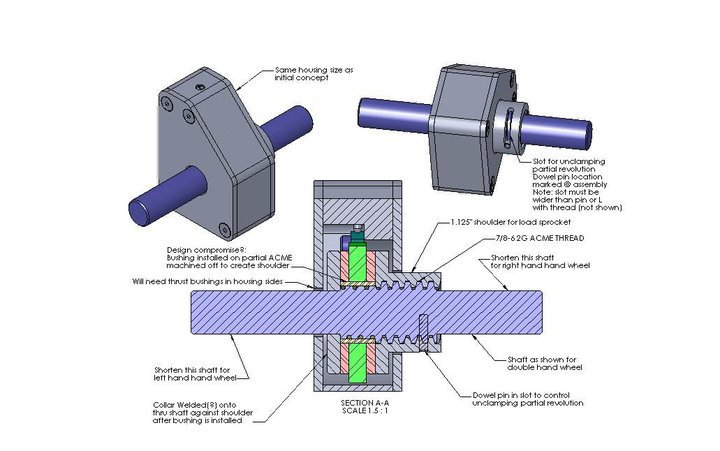Product design for manufacturing is a critical stage in the development of any product. It encompasses the conception and detail-oriented design process that ensures a product can be manufactured within budget, at the desired quality, and with the necessary functionality. The challenge for designers is to create products that not only meet the consumers’ needs but also can be efficiently produced on a mass scale. This involves a deep understanding of material properties, manufacturing processes, and the capabilities and limitations of production facilities.
Effective product design requires a methodical approach that begins with a clear definition of the product's purpose and target market. This is followed by iterative design, prototyping, and testing to refine functionality and user experience. Once a prototype meets all the design criteria, the focus shifts to selecting appropriate manufacturing processes that balance cost, efficiency, and quality. The designer must also consider assembly and integration during the early stages, as these factors directly influence the ease of manufacturing and the overall cost of production.
Key Takeaways
- Effective product design aligns with manufacturing capabilities to meet quality, cost, and functionality objectives.
- Iterative prototyping and testing are essential to refine product design before mass production.
- Selection of the right manufacturing processes and consideration for assembly are crucial for product efficiency.
Fundamentals of Product Design
The success of a product in the market is often tied to its design and its capability for efficient manufacturing. Product design acts as a bridge between concept and production, shaping the usability, functionality, and manufacturability of the final product.
Design for Manufacturability
To ensure smooth transition from design to production, design for manufacturability (DFM) is crucial. DFM involves designers and engineers working closely to ensure that the design of a product is optimized for the manufacturing process. Goals include reducing complexity, minimizing the number of parts, and selecting components that are easily available and can be handled by existing machinery. This approach helps to minimize errors and reduce assembly time and costs.
Material Selection Process
Choosing the right materials is central to the design process. The material selection process involves evaluating materials based on mechanical properties, cost, availability, and environmental impact. Designers must consider material characteristics such as strength, flexibility, weight, and aesthetics. Typically, they use material selection charts or software tools to compare different materials and make informed decisions that align with the product requirements and production capabilities.
Cost Considerations
The cost is a driving factor in product design. Designers must assess both the direct and indirect costs associated with the production of a product. Direct costs include raw materials and labor, while indirect costs may involve tooling, research and development, and overheads. Balancing quality and features with cost constraints is a skill that can determine the pricing strategy and the competitive edge of a product in the market. It's critical to perform a cost analysis early in the design phase to avoid costly design changes later in the process.
Prototyping and Testing
Prototyping and Testing are critical stages in product design for manufacturing, ensuring that a product is feasible, viable, and capable of being mass-produced.
Rapid Prototyping Techniques
Rapid prototyping is an essential process allowing designers to create functional models with speed and precision. Methods such as 3D printing, which builds three-dimensional objects layer by layer from CAD data, and CNC machining, where material is removed with high accuracy, are widely used. These techniques enable:
- Quick iteration of designs
- Physical assessment of form and fit
Testing for Production
Once a prototype is developed, it must be subjected to rigorous testing tailored to the production environment. This includes assessing the product for:
- Durability and Stress: Testing for material strength and product longevity
- Functionality: Ensuring all moving parts and systems operate as intended
Testing should replicate the conditions the product will face during manufacturing and its expected lifecycle to guarantee performance and safety.
Manufacturing Process Selection
Selecting an appropriate manufacturing process is critical for efficient production and cost management. This involves understanding the specific requirements of the product, such as material properties, production volume, and the complexity of the design.
Injection Molding
Injection molding is a widely used manufacturing process suited for high-volume production of plastic parts. It involves melting plastic pellets and injecting the molten plastic into a mold where it cools and solidifies. This process is favored for its speed and ability to produce complex shapes with tight tolerances.
- Materials Used: Thermoplastic and thermosetting polymers.
- Volume: High.
- Tolerances: Tight.
CNC Machining
CNC Machining stands for Computer Numerical Control Machining, a subtractive process that involves removing material from a solid block using a variety of cutting tools to achieve the desired shape. This process offers high precision and repeatability, making it ideal for metal parts and prototypes.
- Materials Used: Metals, plastics, wood.
- Volume: Low to medium.
- Tolerances: Very tight.
Additive Manufacturing
Additive Manufacturing, commonly known as 3D printing, builds parts layer by layer from CAD data. It allows for complex geometries that would be difficult or impossible to achieve with traditional subtractive methods. While slower, it's excellent for prototyping and customization.
- Materials Used: Plastics, metals, composites.
- Volume: Low.
- Tolerances: Moderate.
Quality Control
In the realm of product design for manufacturing, Quality Control is pivotal. It ensures that products meet specific requirements and standards consistently throughout the production process.
Tolerancing
Tolerancing refers to the permissible limit or limits of variation in a physical dimension, a measured value or physical property of a material, manufactured object, system, or service. Specifically, in manufacturing, tolerances establish the degree to which a part's dimensions can deviate from the nominal design:
- Dimensional Tolerances: Specify the allowable differences for physical dimensions, which can include lengths, angles, or radii.
- Example: Length ± 0.05 mm
- Geometric Tolerances: Relate to the shape and position of features.
- Example: Flatness within 0.02 mm tolerance zone
Quality Assurance Standards
Quality Assurance Standards are the backbone of ensuring reliability and performance in product manufacturing. They provide a framework for consistent quality:
- ISO 9001: This is the international standard for a quality management system (QMS). Organizations use the standard to demonstrate the ability to consistently provide products and services that meet customer and regulatory requirements.
- AS9100: Incorporating ISO 9001 with additional quality and safety requirements, this standard is specific to the aerospace industry.
- IATF 16949: It represents the quality management standard for the automotive industry.
- Six Sigma: Refers to a set of techniques and tools for process improvement, aiming at near-perfect results.
Adhering to these standards involves defined protocols for documentation, process audits, corrective actions, and preventative measures.
Assembly and Integration
Effective product design is incomplete without a well-planned approach to assembly and integration. These processes are critical for ensuring efficient manufacturing and product functionality.
Design for Assembly
Design for Assembly (DFA) is a practice aimed at reducing assembly costs and minimizing the number of assembly operations. By creating designs that are easy to put together, manufacturers can reduce labor time and potential errors. Designers should prioritize the use of standard components and promote the simplification of assembly processes.
- Minimize Parts: An essential DFA strategy is to minimize the number of parts, thereby simplifying the assembly. This can be quantified through a parts count.
- Ease of Assembly: Focus on designing parts that are easy to handle and assemble.
Integration of Components
Integration of components is the meticulous process of aligning and fitting together different parts of the product to work as a coherent system. Product reliability and performance hinge on the precision of this process.
- Align interfaces: All components must fit together seamlessly, as any misalignment can lead to product failure. Manufacturers use jigs and fixtures to maintain alignment during the assembly.
- Test for functionality: Each component's integration is followed by functional testing to ensure the product operates as intended. Quality control measures, such as tolerance checks and electrical tests, are crucial.
.jpg)



